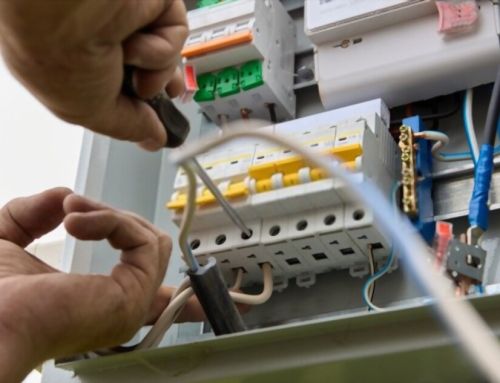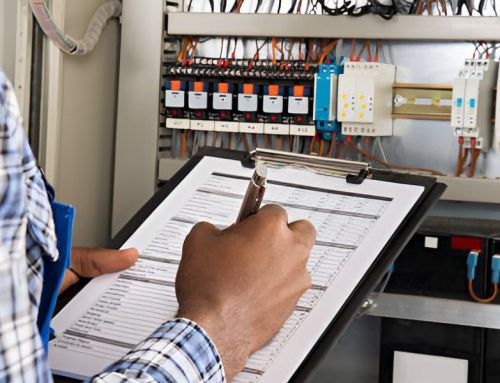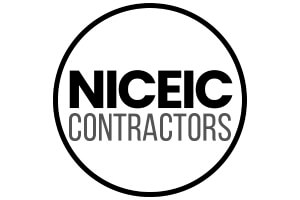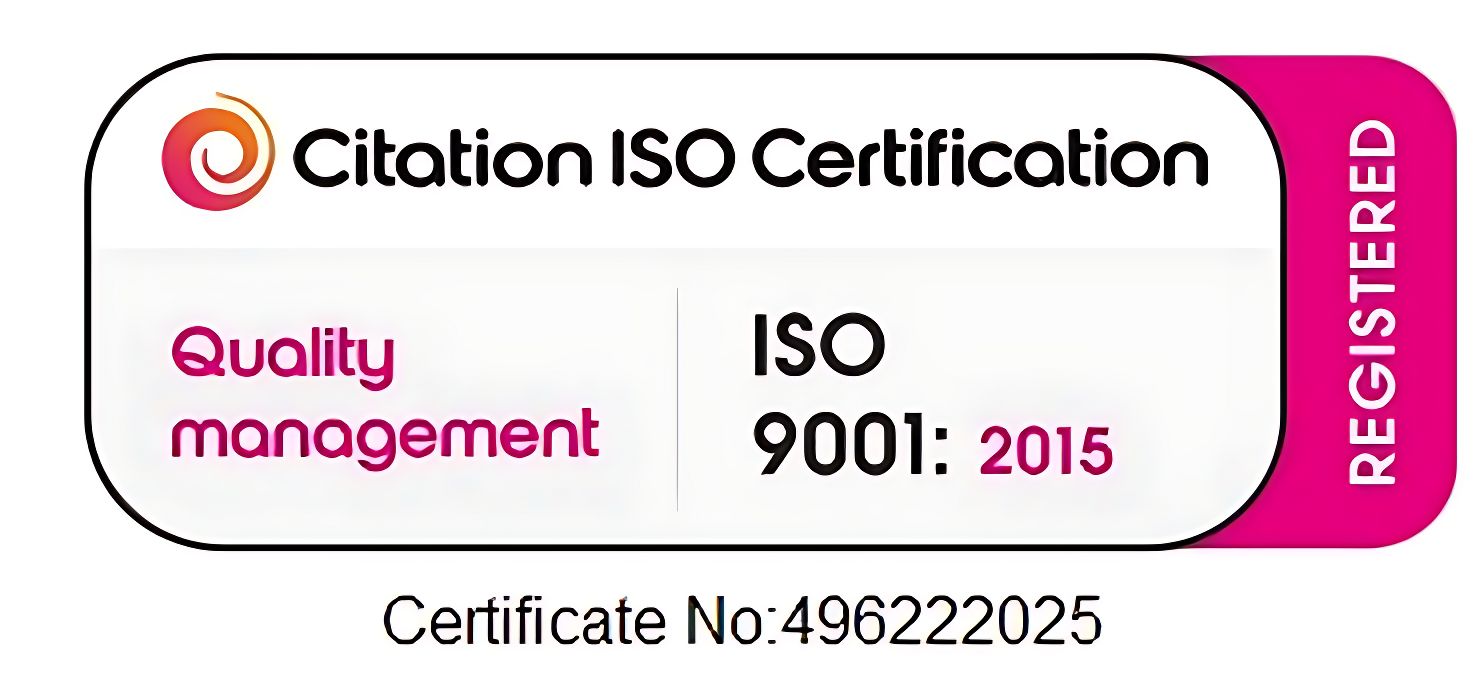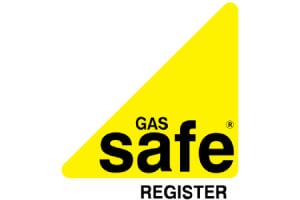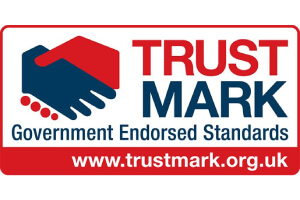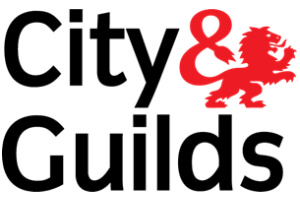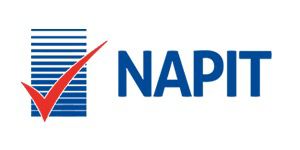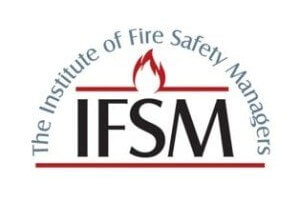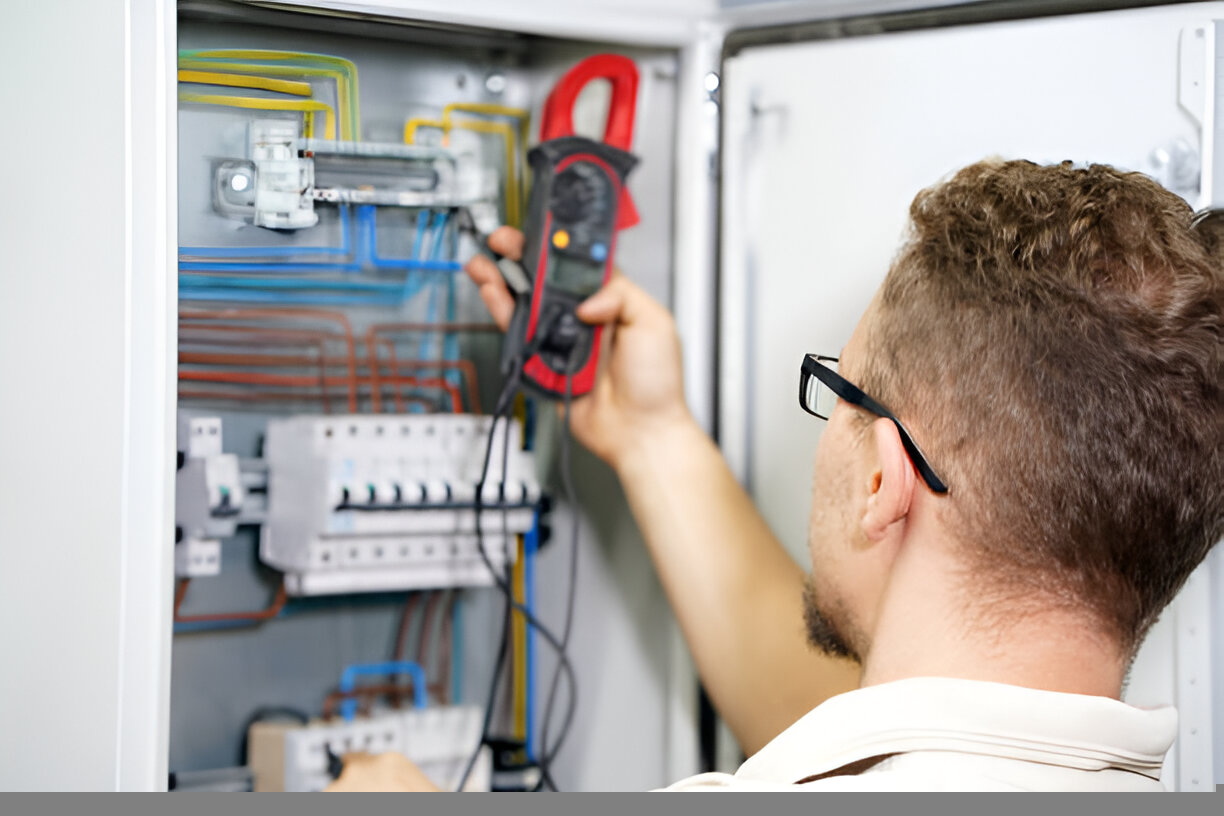
EICR Electrical Installation Condition Report Certificates assess the safety and condition of electrical systems in properties. These certificates identify potential hazards, ensuring compliance with legal standards. Homeowners benefit from reliable proof of electrical integrity, while landlords are mandated to perform regular inspections. EICR certificates highlight common issues such as overloaded circuits and inadequate earthing. The inspection process is systematic, and choosing the right professional is essential for accurate evaluations. Further insights on EICR procedures and requirements await.
Key Takeaways
- An EICR certificate assesses the safety and condition of electrical installations, identifying potential hazards and ensuring compliance with safety regulations.
- Homeowners benefit from EICR certificates as they guarantee electrical safety and prove the quality of installations.
- Landlords are legally required to obtain EICR certificates before tenancy and conduct inspections every five years for residential properties.
- The inspection process involves a detailed checklist that evaluates wiring integrity, earthing, and circuit functionality, documenting necessary remedial actions.
- EICR codes categorize issues from immediate danger (C1) to recommendations for future improvement (C3), guiding necessary actions to enhance safety.
What Is an EICR Certificate?
An EICR (Electrical Installation Condition Report) certificate serves as an imperative document that assesses the safety and condition of electrical installations within a property.
The EICR overview encompasses a systematic evaluation of electrical systems, identifying potential hazards and ensuring compliance with current regulations. The EICR overview provides a thorough assessment of electrical systems, pinpointing hazards and ensuring adherence to current regulations.
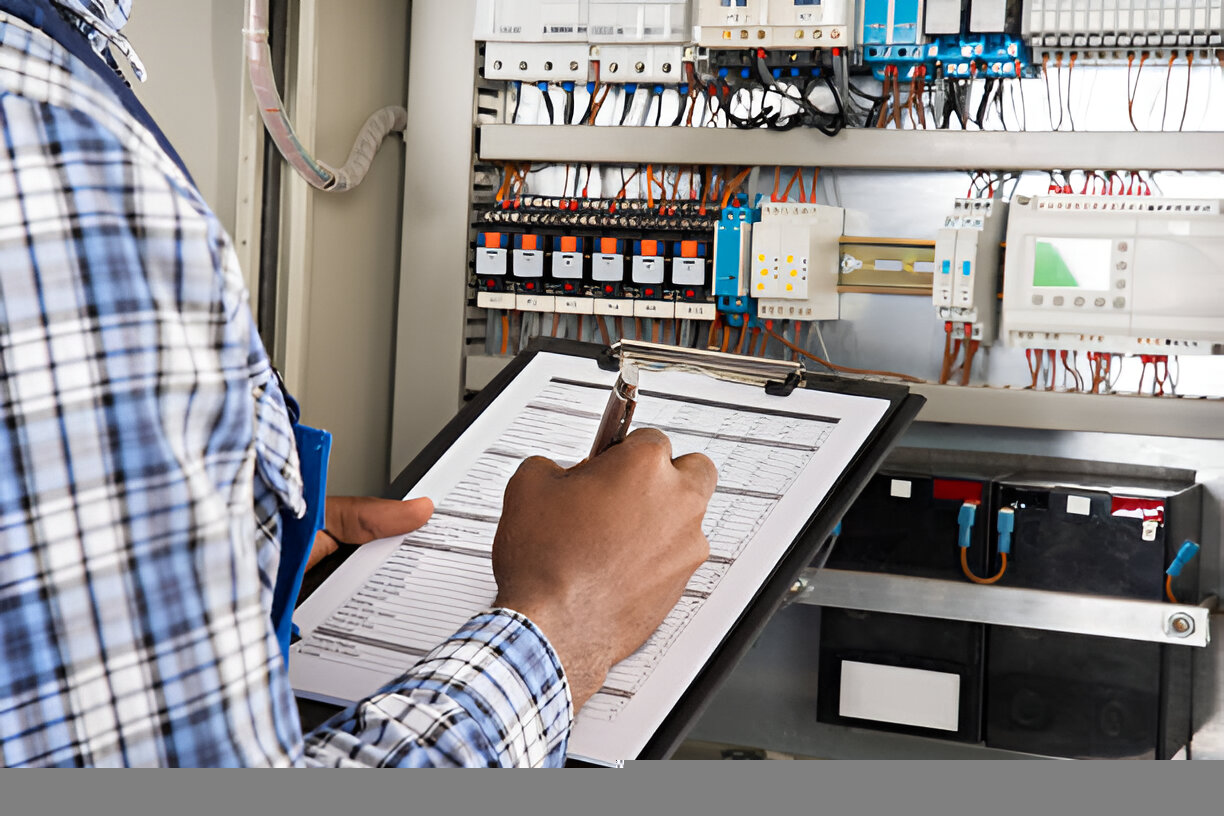
Certification benefits include enhancing safety, mitigating risks of electrical faults, and providing legal protection for landlords and property owners.
Moreover, an EICR is vital during property transactions, as it informs buyers of the installation’s condition.
Regular assessments promote ongoing maintenance, contributing to the longevity and reliability of electrical systems, ultimately safeguarding inhabitants and property investments.
Importance of EICR Certificates for Homeowners
EICR certificates are critical for homeowners as they guarantee compliance with safety standards, thereby reducing the risk of electrical hazards.
Additionally, adherence to legal requirements through regular EICR assessments safeguards property value and supports insurance claims.
Ultimately, these certificates serve as proof of the integrity of electrical installations within the home.
Ensuring Safety Standards
While many homeowners may perceive electrical safety as a secondary concern, the importance of EICR certificates cannot be overstated.
EICR safety is pivotal in identifying potential hazards within electrical systems, ensuring adherence to established electrical standards. These certificates provide a thorough assessment of installations, highlighting deficiencies that could pose risks to occupants.
Regular EICR evaluations enable homeowners to mitigate electrical faults, thereby enhancing overall safety and reliability.
Legal Requirements Compliance
Compliance with legal requirements regarding electrical safety is essential for homeowners, as failure to obtain an EICR certificate can lead to significant legal repercussions.
EICR regulations mandate periodic inspection and testing of electrical installations to guarantee safety and compliance with safety standards. Homeowners face compliance challenges, particularly in understanding the complexities of these regulations and the implications of neglecting them.
Non-compliance may result in penalties, increased insurance premiums, or liability in the event of electrical incidents. Consequently, obtaining an EICR certificate not only fulfills legal obligations but also enhances overall safety, thus safeguarding both property and occupants from potential hazards.
Property Value Preservation
Obtaining an EICR certificate considerably impacts property value, as it serves as proof of the safety and integrity of a home’s electrical systems.
In a competitive property market, potential buyers prioritize homes with documented electrical compliance, thereby enhancing marketability. An EICR not only signifies adherence to safety standards but also reflects the homeowner’s commitment to necessary electrical upgrades.
This proactive maintenance reduces liability risks and fosters trust among prospective buyers. Consequently, properties lacking an EICR may experience diminished interest and lower valuations, underscoring the certificate’s role as a critical asset in preserving property value in an increasingly discerning market.
Legal Requirements for Landlords
Landlords have specific responsibilities regarding the safety and compliance of electrical installations within their properties, necessitating adherence to EICR standards.
A defined compliance timeline mandates regular inspections and certifications to guarantee ongoing safety.
Failure to meet these requirements can result in significant penalties, emphasizing the critical nature of maintaining proper electrical safety measures.
Landlord Responsibilities Explained
While guaranteeing tenant safety and property integrity, landlords must adhere to a range of legal obligations regarding electrical installations. Core responsibilities include conducting regular inspections and obtaining Electrical Installation Condition Reports (EICRs) to verify compliance with safety standards. Failure to meet these landlord obligations can lead to legal ramifications and jeopardize tenant welfare.
| Obligation | Description |
|——————————-|———————————————-|
| Conduct EICRs | Regular assessments of electrical installations. |
| Address Issues Promptly | Immediate rectification of identified hazards. |
| Maintain Documentation | Keep records of inspections and repairs. |
| Notify Tenants | Inform tenants of the electrical safety status. |
| Guarantee Compliance | Adhere to all current electrical regulations. |
EICR Compliance Timeline
Compliance with EICR regulations is time-sensitive, as landlords must adhere to specific timelines to guarantee the safety and legality of their electrical installations.
The EICR timeline overview indicates that initial reports must be obtained before tenancy commences, with subsequent inspections required every five years for most residential properties. This EICR renewal frequency guarantees that electrical systems remain in compliance with safety standards.
Additionally, landlords must act promptly on any recommendations from the report, reinforcing their duty of care. Adhering to this timeline not only safeguards tenants but also protects landlords from potential legal ramifications associated with non-compliance.
Penalties for Non-Compliance
Failure to adhere to EICR regulations can result in significant penalties for property owners.
The consequences of non-compliance are multifaceted and can include:
- Financial Fines: Substantial monetary penalties imposed by regulatory bodies.
- Legal Action: Potential lawsuits from tenants or local authorities for unsafe living conditions.
- Insurance Complications: Complications in securing or maintaining property insurance coverage.
- Reputational Damage: Long-lasting negative impacts on a landlord’s professional reputation.
Understanding these EICR penalties is essential for landlords to mitigate non-compliance consequences and guarantee the safety of their tenants and properties.
The EICR Inspection Process
The EICR inspection process involves a systematic evaluation of electrical installations to guarantee they meet safety standards and regulatory requirements.
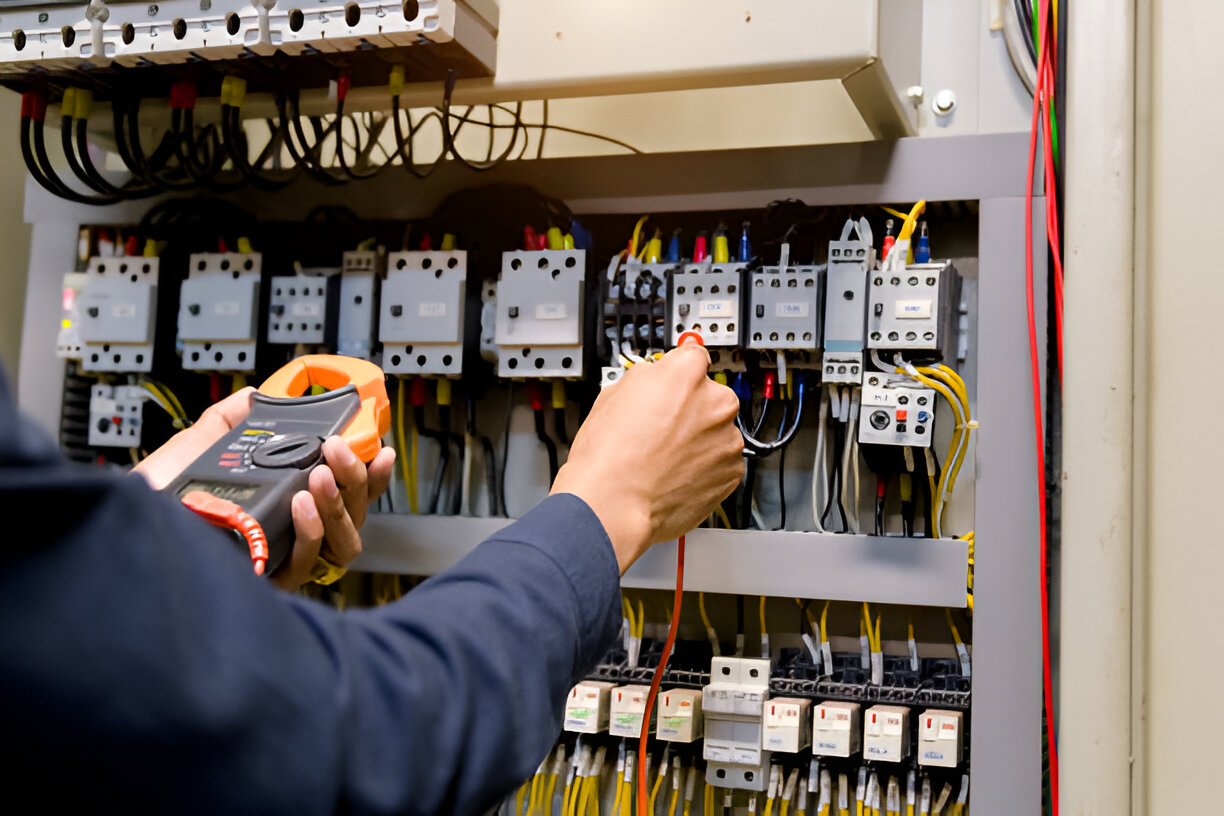
Technicians utilize an EICR checklist to assess various components, including wiring integrity, earthing, and circuit functionality.
The inspection frequency is dictated by factors such as installation age, type, and usage, typically recommended every five years for residential properties.
Each element is scrutinized to identify potential hazards or non-compliance with the IET Wiring Regulations.
Findings are documented meticulously, culminating in a detailed report that informs necessary remedial actions, ensuring the safety and reliability of electrical systems for continued use.
Understanding EICR Ratings and Codes
EICR ratings and codes serve as critical indicators of an electrical installation’s condition, providing essential information to assess safety and compliance levels.
Understanding these EICR ratings and their corresponding code definitions is crucial for effective evaluation. The ratings are categorized as follows:
Comprehending EICR ratings and codes is vital for accurately assessing electrical safety and compliance.
- Code 1 (C1): Immediate danger; urgent remedial action required.
- Code 2 (C2): Potentially dangerous; improvement necessary.
- Code 3 (C3): Recommendations for future improvement, not urgent.
- Code F: Further investigation required; not classified as dangerous.
These codes assist stakeholders in prioritizing necessary actions to guarantee electrical safety and compliance within installations.
Common Electrical Issues Identified in EICR Reports
When evaluating electrical installations, numerous common issues are frequently identified in EICR reports, highlighting the importance of thorough inspections. These common faults often represent significant safety hazards that could compromise both property and personal safety. Typical findings include inadequate earthing, overloaded circuits, and defective wiring.
| Common Faults | Safety Hazards | Recommended Actions |
|———————–|————————–|—————————-|
| Inadequate earthing | Risk of electric shock | Improve earthing systems |
| Overloaded circuits | Fire risk | Redistribute electrical load |
| Defective wiring | Potential electrical failure| Replace faulty wiring |
How Often Should You Get an EICR?
Regular assessments of electrical installations are essential for maintaining safety and compliance with regulations, particularly as conditions can change over time.
The EICR frequency is influenced by various factors, necessitating specific inspection intervals:
- Residential properties: Every 10 years or change of occupancy.
- Commercial properties: Every 5 years or according to risk assessment.
- Industrial facilities: Every 3 years, depending on the environment.
- Holiday lets: Annually, due to high turnover and usage.
Adhering to these guidelines guarantees that installations remain safe, efficient, and compliant with legal obligations, safeguarding both occupants and property.
Choosing the Right Professional for EICR Inspections
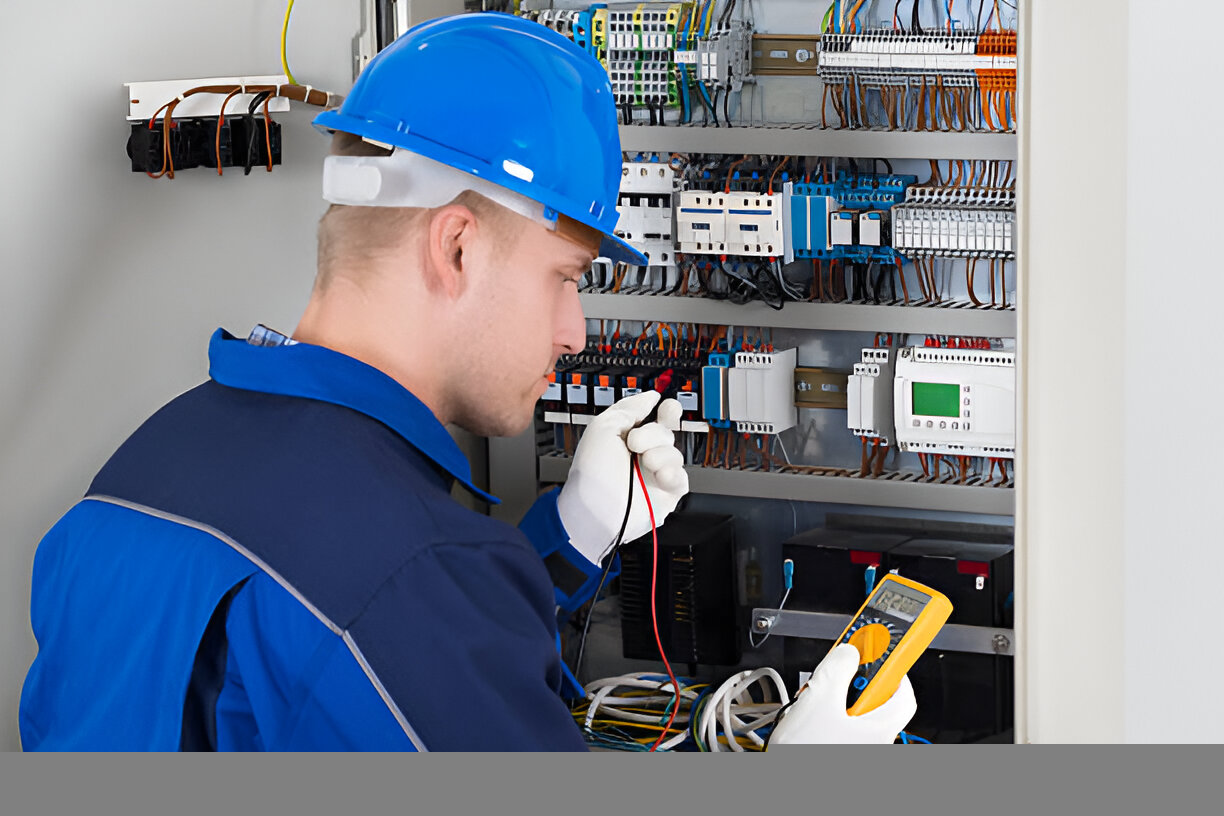
Selecting a qualified professional for EICR inspections is paramount to guaranteeing the integrity and safety of electrical systems.
Professionals must possess relevant certification qualifications, which demonstrate their adherence to industry standards and regulations. Additionally, thorough inspection experience is critical; seasoned inspectors can accurately identify potential hazards and recommend necessary remedial actions.
It is advisable to verify the professional’s credentials and previous work history, as practical expertise often correlates with the quality of the inspection.
Ultimately, choosing a well-qualified individual guarantees detailed evaluations, thereby safeguarding both property and occupants from electrical failures and associated risks.
About the Author: LandlordCertificate
Related Posts
Get Social
Recent Posts
- Fire Risk Assessment Review as a Driver of Stronger Safety Control
- Comprehensive EICR London Services for Every Property
- System Planning for Large Buildings with Fire Alarm Installation
- Fire Service Fire Risk Assessment for Stronger Safety Management
- Electrical Risk Clarity Improved Through an EICR Report


